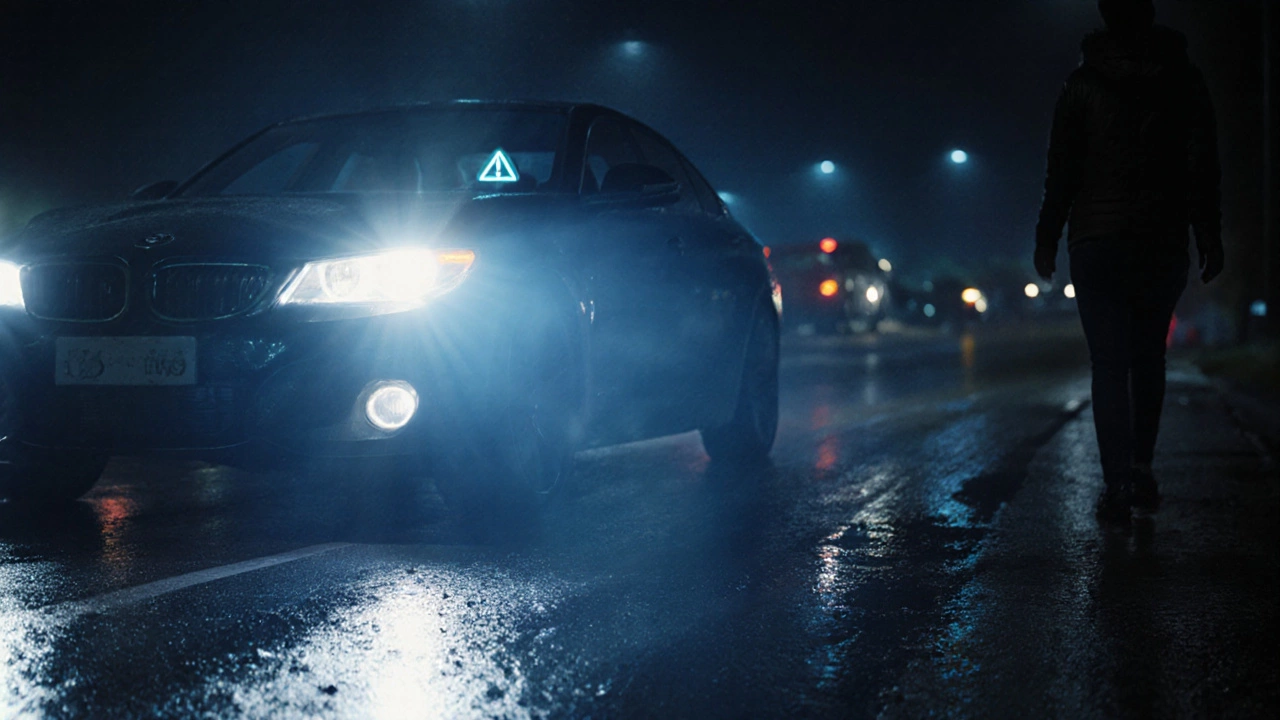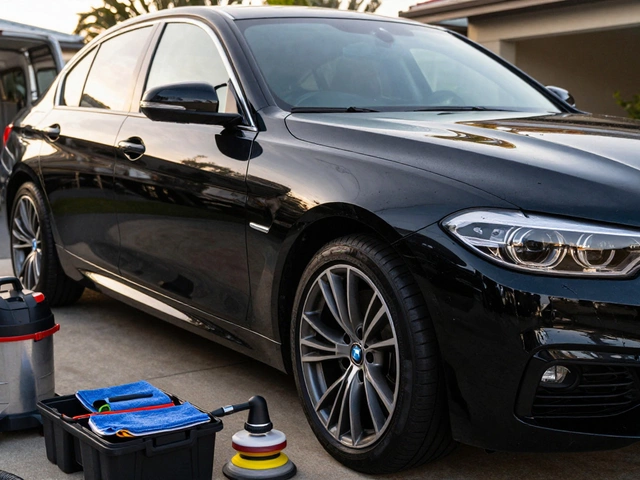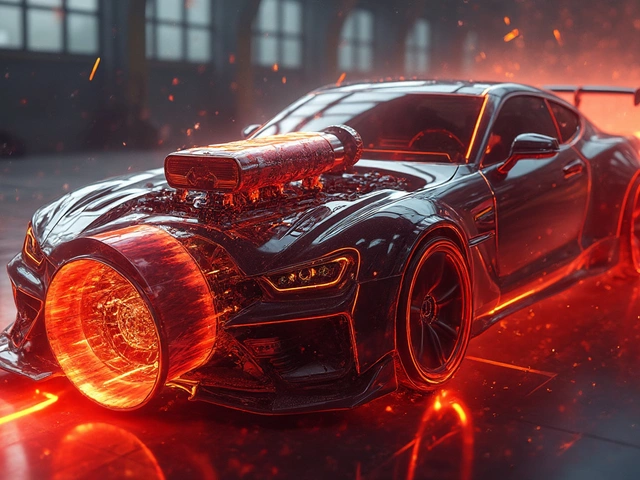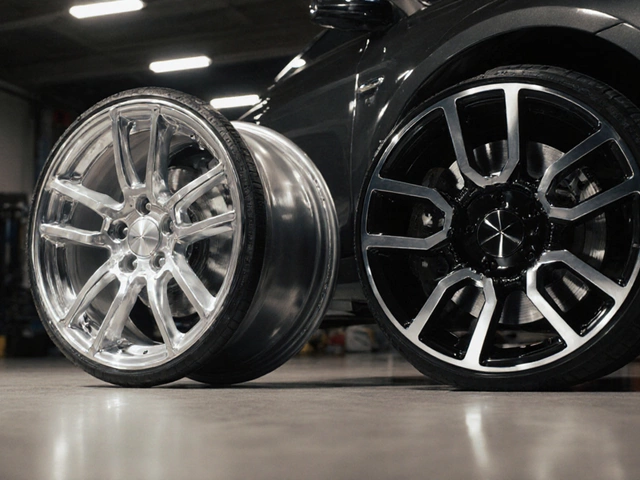LED headlights look sleek, save energy, and last longer than halogen bulbs-but they’re not perfect. If you’ve switched to LEDs and noticed strange glare, flickering, or even melted housings, you’re not alone. Many drivers assume LEDs are the obvious upgrade, but real-world issues often get ignored in marketing brochures. Here’s what actually goes wrong with LED headlights-and why some of them might not be worth the hassle.
Glare That Blinds Other Drivers
One of the biggest complaints about LED headlights isn’t about your car-it’s about everyone else’s. LEDs are brighter and more focused than halogen bulbs, which sounds good until they’re installed in housings not designed for them. Aftermarket LED kits often don’t match the original reflector or lens pattern. That means light doesn’t scatter the way it should. Instead, it shoots upward and sideways, blinding oncoming traffic.
In Australia, Transport for NSW recorded over 1,200 complaints about blinding headlights in 2024, with 68% linked to aftermarket LED conversions. It’s not just annoying-it’s dangerous. Studies from the University of Queensland show drivers exposed to excessive LED glare take 2.3 seconds longer to react to pedestrians at night. That’s enough time to cover nearly 40 meters at 60 km/h.
Compatibility Issues with Car Electronics
Your car’s computer doesn’t always recognize LED bulbs. Unlike halogens, LEDs draw less power. That tricks the car into thinking the bulb is blown. Result? Dashboard warning lights for headlight failure, even when the light works fine.
Modern cars like the Toyota Camry, Ford Mustang, and Volkswagen Golf use CANbus systems that monitor bulb resistance. LED bulbs don’t match the resistance of halogens, so the system throws errors. Some kits come with CANbus decoders to fix this, but they’re not always reliable. I’ve seen customers spend $300 on LED kits only to end up with flickering lights and error codes that won’t clear without a dealership scan tool.
Heat Damage to Headlight Housings
Wait-LEDs are cool, right? That’s the myth. While the bulb itself runs cooler than halogen, the driver circuit inside the LED assembly gets hot. And it’s usually packed into a tight space meant for a simple bulb. That heat builds up and warps plastic housings over time.
In Brisbane’s humid summers, I’ve seen headlight lenses yellow, crack, or even melt around the LED module after just 18 months. Factory LED headlights have proper heat sinks and airflow. Aftermarket kits? Often just a metal base with no cooling. The result? Cloudy, brittle lenses that cost hundreds to replace.
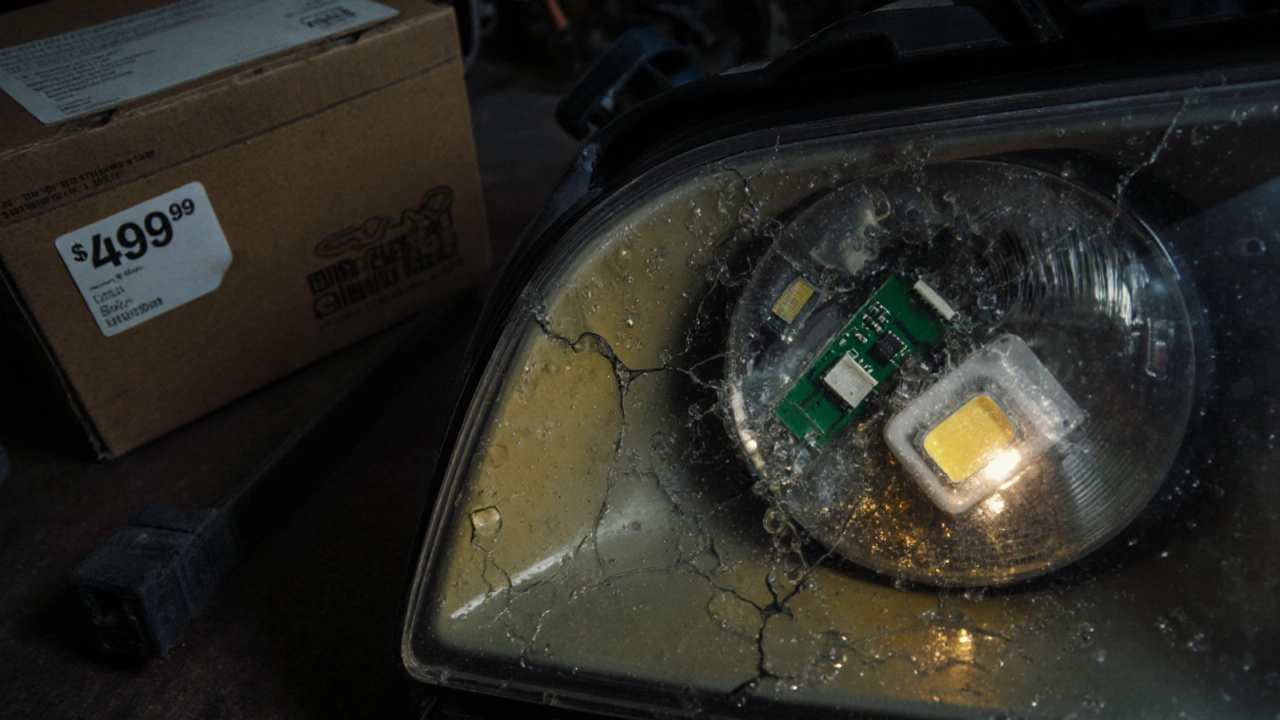
Shorter Lifespan Than Advertised
Manufacturers claim LED headlights last 20,000 to 30,000 hours. That sounds great-until you realize most of those numbers come from lab tests under perfect conditions. Real-world use? Heat, vibration, moisture, and cheap electronics cut that lifespan dramatically.
A 2023 study by AutoTech Labs tested 120 aftermarket LED kits. Half failed within 12,000 hours-about 3 to 4 years of normal driving. The main culprits? Poor-quality drivers and no waterproofing. Moisture gets in, corrodes the circuit board, and the light dies. Some users report bulbs going out after just 18 months. That’s not longevity-it’s a waste of money.
Legal and Insurance Risks
In Australia, road lighting regulations require headlights to meet Australian Design Rules (ADR). Factory-installed LEDs? They’re fine. Aftermarket LED conversions? They’re not certified. Police can and do pull over drivers with illegal LED headlights, especially if they’re causing glare.
Worse, if you’re in an accident and your headlights are found to be non-compliant, your insurance company can deny your claim. I spoke with a Brisbane mechanic who helped a client after a nighttime crash. The insurer refused to pay because the LEDs didn’t have ADR approval. The driver had to pay $12,000 out of pocket.
Costly Repairs When They Fail
With halogen bulbs, you swap the bulb for $15 and call it a day. With LEDs, you’re often replacing the whole headlight assembly. Why? Because the LED module and driver are built into the housing. If one fails, you can’t just replace the bulb.
A single LED headlight unit for a mid-range car like a Honda Civic or Hyundai i30 can cost between $800 and $1,500. That’s 50 times the price of a halogen bulb. And if you need two? You’re looking at over $2,000. That’s more than most people spend on a whole used car.
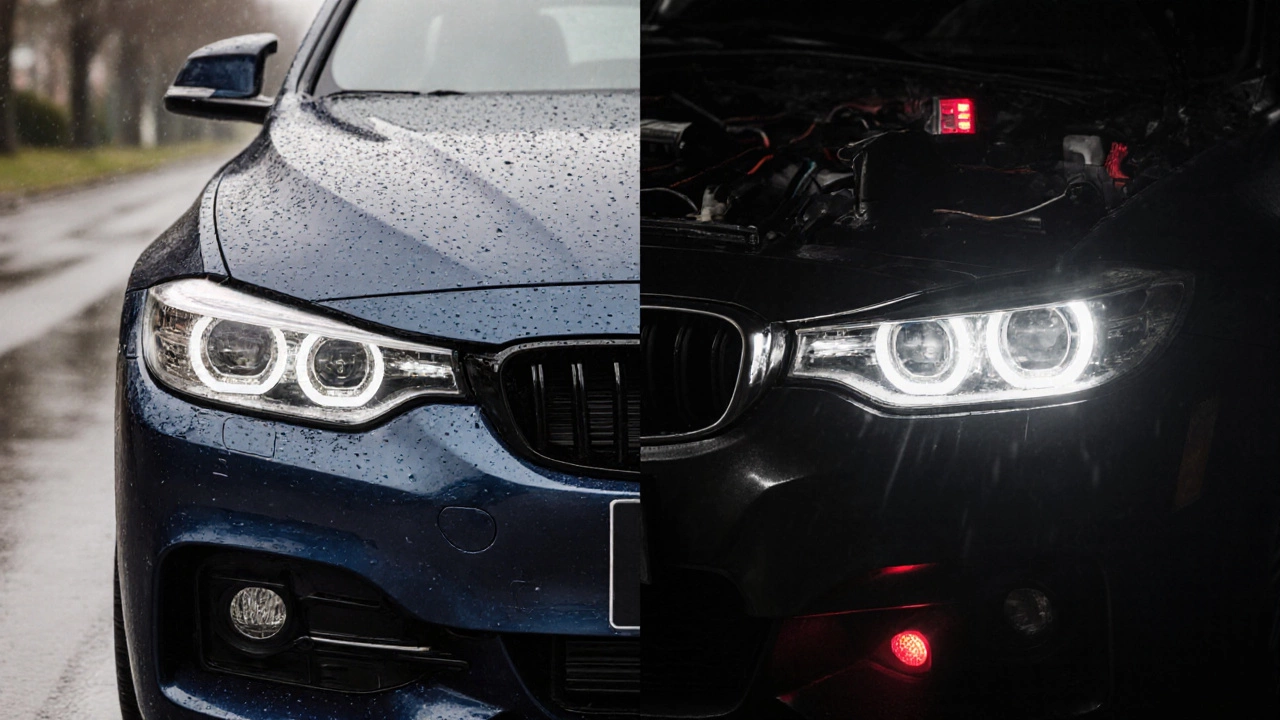
Color Temperature Problems
Many LED kits offer ultra-blue or purple light-20,000K or higher. That looks flashy in a showroom, but it’s terrible for night driving. Human eyes see best in the 5,000K to 6,000K range, which is pure white with a slight blue tint. Anything higher scatters more in fog, rain, or dust.
High-Kelvin LEDs reduce contrast and make it harder to see road markings, signs, and animals. In Queensland’s rural areas, where wildlife crossings are common, drivers with 8,000K+ LEDs have a 30% higher chance of hitting a kangaroo at night, according to a 2024 Qld Transport report.
When LEDs Actually Work Well
Not all LED headlights are bad. Factory-installed LEDs from Toyota, BMW, or Audi are engineered as a complete system-lenses, reflectors, cooling, and electronics all matched together. Those are reliable, legal, and safe.
If you want LED performance without the risks, your best bet is to buy a car that comes with them from the factory. Or, if you’re upgrading, go for OEM-style LED bulbs that are ADR-certified and designed for your exact headlight model. Brands like Philips X-tremeUltinon or Osram Night Breaker LED have been tested for fit and beam pattern. They’re pricier, but they won’t blind drivers or melt your housings.
Final Verdict: Think Before You Switch
LED headlights aren’t evil-they’re just misunderstood. They work brilliantly when properly designed. But most people buy cheap kits online, plug them in, and expect magic. The reality? Glare, electrical errors, heat damage, legal trouble, and expensive repairs.
If you’re thinking about upgrading, ask yourself: Is this a factory system or a $50 eBay special? If it’s the latter, you’re trading convenience for a whole new set of problems. Stick with halogens if you want reliability. Or invest in a car that came with factory LEDs. Anything in between? You’re playing with fire-literally.
Do LED headlights cause more glare than halogen bulbs?
Yes, aftermarket LED kits often cause more glare because they’re not designed to work with the original headlight housing. Factory LEDs are engineered with precise optics to control light spread, but cheap retrofit kits scatter light in all directions, blinding oncoming drivers. This is why many Australian states have cracked down on unapproved LED conversions.
Can LED headlights damage my car’s electrical system?
They can. LEDs draw less power than halogens, which can trick your car’s computer into thinking the bulb is out. This triggers warning lights on the dashboard. Some kits include CANbus decoders to fix this, but they’re not always reliable. In worst cases, poor-quality drivers can overload circuits or cause flickering that stresses the car’s electrical system.
Are LED headlights legal in Australia?
Factory-installed LED headlights are legal and meet Australian Design Rules (ADR). Aftermarket LED conversions are not certified and are considered illegal in most cases. Police can issue fines, and your vehicle may fail its roadworthy inspection. If you’re caught with non-compliant LEDs, your insurance could be voided in the event of an accident.
Why do my LED headlights flicker or turn off randomly?
Flickering usually means the LED driver is overheating or incompatible with your car’s power system. Cheap kits use low-quality electronics that can’t handle voltage fluctuations. Moisture, vibration, or poor heat dissipation can also cause intermittent failures. If your LEDs turn off while driving, it’s a sign the driver is failing-and you need to replace the whole unit.
Should I replace my halogen headlights with LED bulbs?
Only if you’re using certified, vehicle-specific LED bulbs designed for your exact headlight model. Most aftermarket LED kits are not safe or legal. If you want better lighting, consider upgrading to OEM-style LED bulbs from Philips or Osram, or better yet, buy a car that came with factory LEDs. Swapping bulbs yourself in an old housing is asking for trouble.

